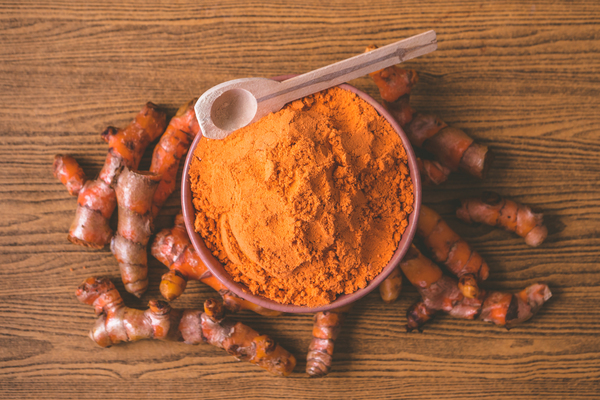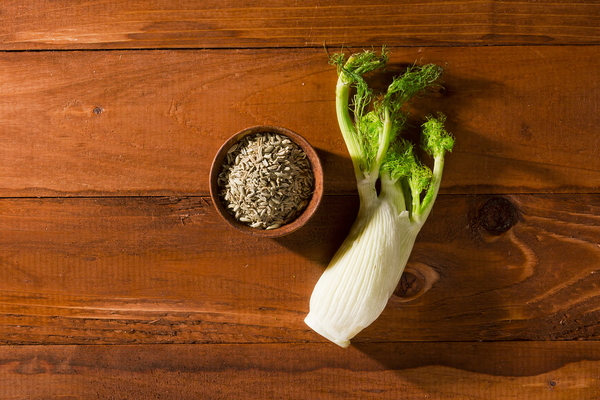Fenugreek

What is fenugreek?
Fenugreek (Trigonella foenum-graecum) belongs to the legume family and is a subfamily of the papilionaceous plants. It originates from the eastern Mediterranean and has been cultivated since before the Bronze Age. The plant grows to a height of around 70 to 90 centimetres, has three-part leaves and yellowish flowers. The seeds are in long pods and have a spicy smell and taste.
Fenugreek is mainly used as a spice in oriental cuisine, but also as a remedy for various ailments. It contains many valuable ingredients such as vitamins (A, B1, B2, B3, B5, B6, C), minerals (iron, copper, potassium, calcium), fiber (mucilage), proteins (amino acids) and secondary plant substances (saponins).
How does fenugreek work in dogs?
Fenugreek can help dogs with various ailments or simply enrich their diet with important nutrients. It has the following effects:
- Appetite stimulating : Its aromatic taste can make food more palatable for fussy or sick dogs.
- Digestive : Its mucilage can stimulate intestinal activity and relieve constipation or flatulence.
- Anti-inflammatory: Its saponins can alleviate or prevent inflammation in the body.
- Wound healing: Its mucilage can regenerate the skin and help wounds heal more quickly.
- Strengthening: Thanks to its vitamins and minerals, it can support the immune system and strengthen the body's defenses.
How is fenugreek used in dogs?
Fenugreek can be used on dogs in two ways: as a food supplement or as a poultice.
If you want to give your dog fenugreek as a food supplement, you should make sure that you use ground seeds from organic farming. The dosage depends on your dog's weight:
- Dogs up to 10 kg: 3 g
- Dogs up to 20 kg: 4 g
- Dogs over 20 kg: 5 g
You can simply mix the ground seeds into the food or mix with a little water to make a mash. Most dogs will eat this without any problems.
However, it is important that you get your dog used to the new taste slowly and start with a lower dosage. You should also always check whether your dog shows any signs of intolerance such as itching or diarrhea. If this is the case, you should stop the kibble immediately.
If you notice any signs of hypersensitivity or poisoning in your dog, you should see your vet immediately. We are not a substitute for a vet, but we try to be as accurate as possible. Every dog reacts differently and we recommend you get a second opinion or consult your vet if in doubt.
Stay healthy and take good care of your four-legged friend!😊
Similar to Fenugreek
Turmeric belongs to the ginger family and grows in South Asia. The root is dried and ground to obtain the familiar yellow powder. Turmeric contains an active ingredient called curcumin, which is...
Coriander, also known as Chinese parsley or coriander leaves, is a plant that is used as a spice in many parts of the world. The plant belongs to the umbellifer family and has delicate, green leaves...
Fennel seeds have a number of positive properties that dogs can also benefit from. On the one hand, they contain many nutrients such as iron, calcium, magnesium, vitamin C and fiber. They also have...
Anise belongs to the umbellifer family and is related to fennel, caraway and dill. The plant has white flowers and small, brown seeds that have a sweet, licorice-like taste. Aniseed originates from...



